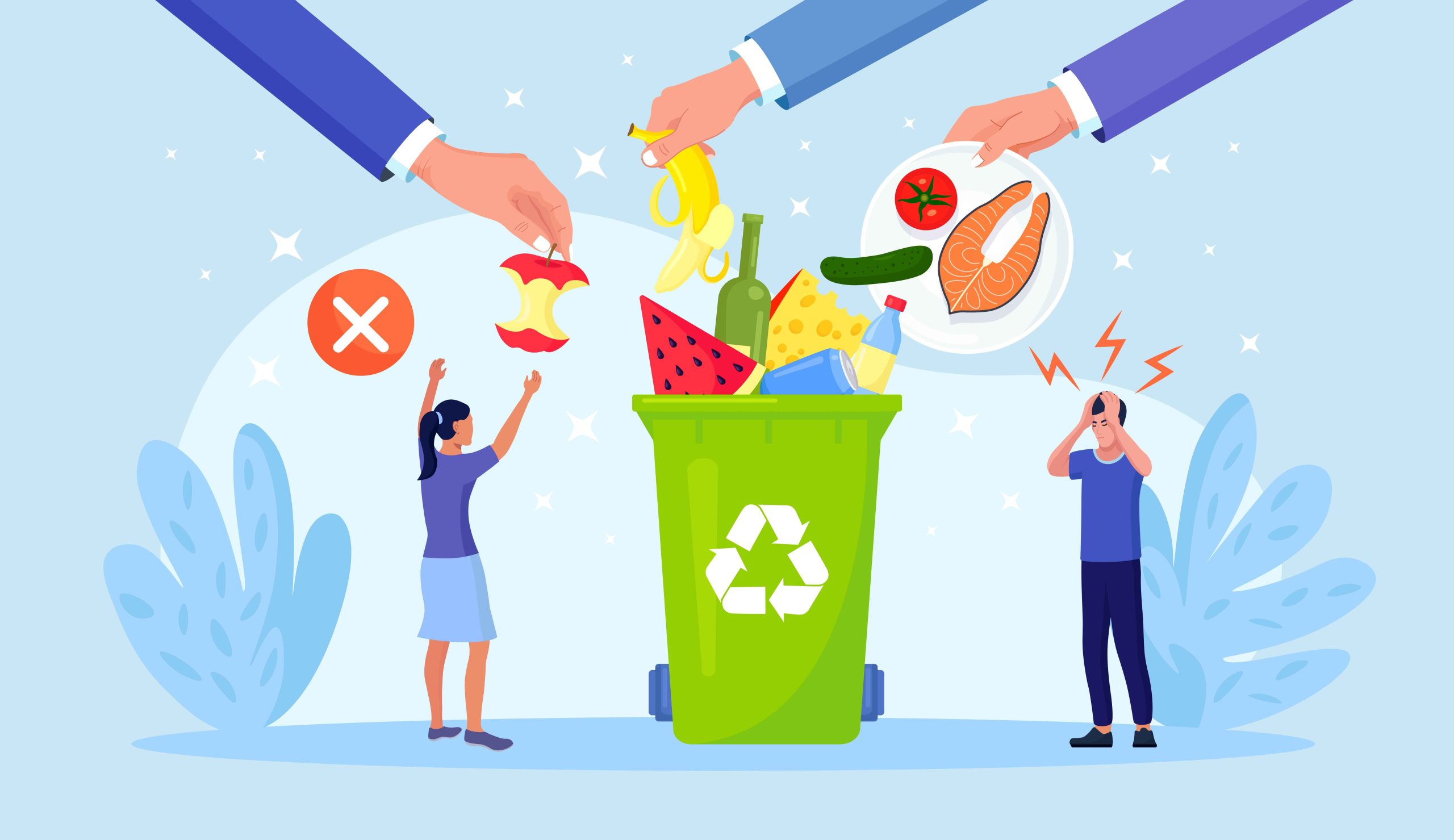Beyond the Bin: How Food Waste Impacts Business Profitability

When it comes to food waste, people usually frame it as an environmental thing. It leads to landfills, methane, and climate change. But the money side is just as heavy. Companies in food production, distribution, and retail bleed cash when waste piles up.
It is not just a spoiled product. Rather, it is inefficiency. As a result, profit margins shrink and stability gets shaky. And the scary part is that it creeps in quietly. In fact, cash flow and supply chains might wobble if waste is not managed properly.
The Unpredictability of Waste
Waste does not follow neat rules. Hence, it is hard to pin down. Meanwhile, consumer demand shifts overnight. Apart from that, there are seasonal spikes and random market swings. Suddenly, shelves are stacked too high.
Also, perishables do not move fast enough. Moreover, transport damages them. These lead to straight losses. For businesses running razor-thin margins, even a 2–3% spoilage rate feels like a punch.
Storage and handling are another headache. For instance, a cooler breaks down, the temperature slips, and someone makes a process error. As a result, you might see whole batches gone as revenue and brand reputation take a hit. Hence, suppliers lose trust, and relationships are strained.
- Consumer demand is volatile
- Seasonal trends are unpredictable
- Equipment failures are costly
- Spoilage leads to reputation risk
Operational Inefficiencies and Their Financial Fallout
Waste is not random. It is often a symptom of deep operational cracks, overproduction, forecasting errors, and inventory misalignment. Hence, restaurants overstock and groceries misjudge demand. As a result of extra food, there is extra waste. Moreover, labor costs rise and disposal fees stack up.
Producers and distributors feel it across the chain. Also, there are storage inefficiencies, logistics bottlenecks, and losses multiply. And the ripple effect is brutal. Unsold product forces price adjustments. As a result, costs get passed down. This way, partners and consumers feel the instability.
Waste does not just sit in dumpsters. It shows up in overhead.
- Labor hours wasted on spoiled goods
- Disposal fees and compliance costs
- Market instability from fluctuating prices
As a result, the fallout spreads and predictability vanishes.
Practical Strategies to Reduce Financial Exposure
Cutting waste is not just green PR. Rather, it is financial armor. Here, tech helps with forecasting tools, real-time inventory tracking, and smarter procurement. Losses shrink when supply matches demand.
Artificial intelligence and data analytics help sharpen predictions. Companies can balance stock with actual need. Meanwhile, manufacturers can repurpose surplus. Hence, byproducts and donations are turned into new products. Hence, it is value recovery instead of trashing.
Apart from that, financial strategies matter. These include hedging and flexible purchasing contracts. Basically, these cushion against sudden market shocks. As a result, margins stay protected and cost structures stabilize even when supply chains wobble.
- Forecasting with AI helps with a tighter demand match
- Repurposing surplus helps to recover value
- Hedging contracts helps with margin protection
Viewing Waste Reduction as a Business Imperative
Food waste is not inevitable. Rather, it is a risk. However, it is manageable. Strategic planning plus operational efficiency can shrink it. Moreover, companies that act early reap benefits like lower costs, stronger supply chains, and profitability that does not feel fragile.
It is not just sustainability but an opportunity. In fact, smarter forecasting, modern tech, and financial planning all combine to protect the bottom line. Moreover, they also push the industry toward a more sustainable future. Hence, waste reduction is not charity. It is business sense.
For deeper insights on cutting financial losses tied to food waste, see the resource from Commodity & Ingredient Hedging, a milk insurance company.
Read Also:













